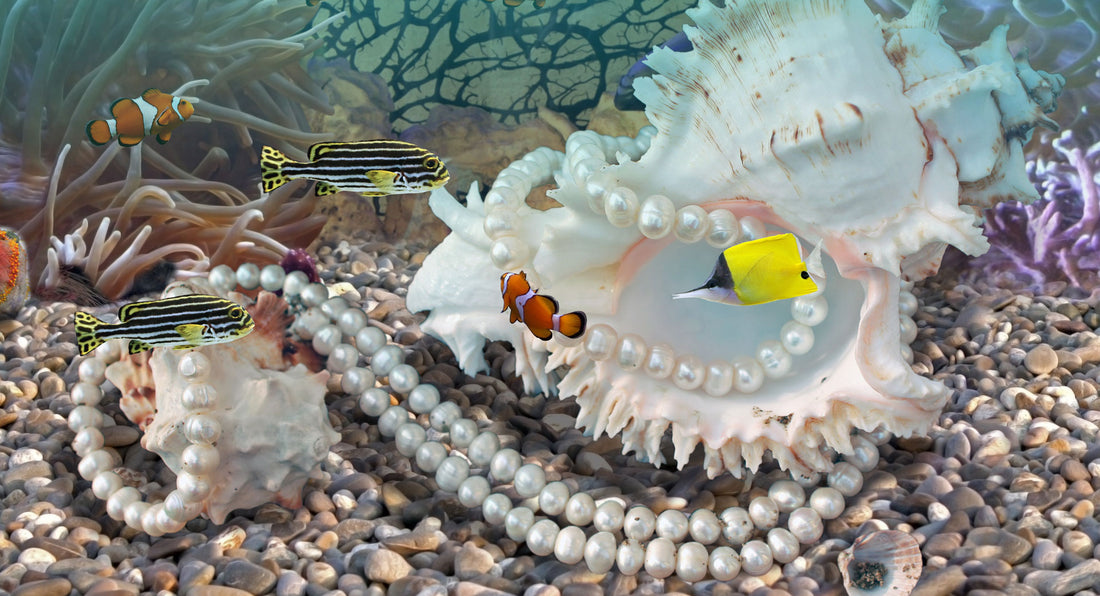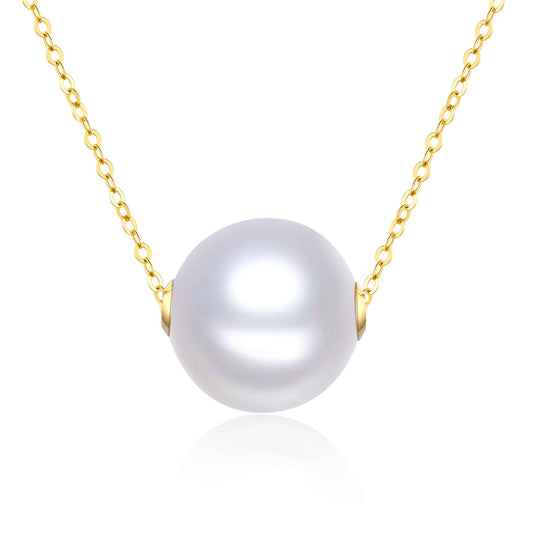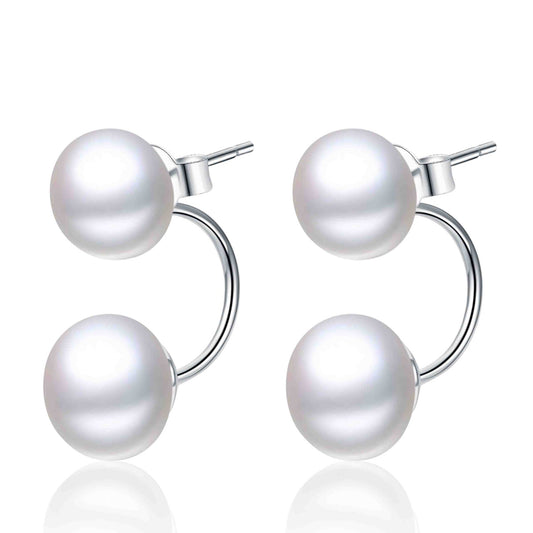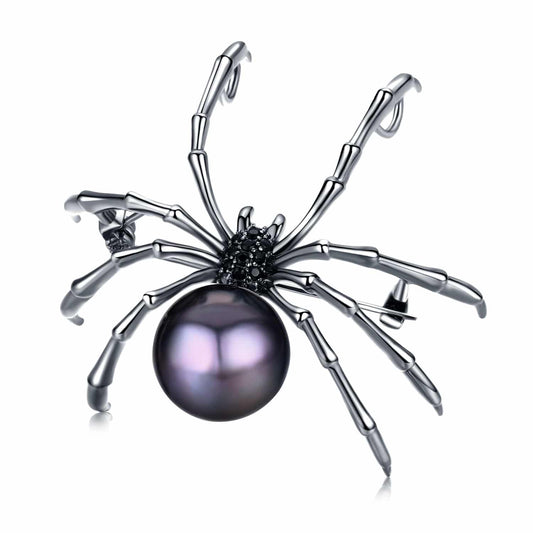
Pearls and the Environment: Sustainable Pearls
Share
Pearls are the only gems that are organic and created by nature itself. The practice of sustainable pearls farming has certain environmental and social benefits which make it a largely sustainable industry – oysters need clean, pollution free water to produce high-quality beads.
Past Practices
Before pearl farming, pearls could only be found in the wild. Thousands of oysters needed to be opened to find just a few pearls, and for centuries, the world’s pearl oysters and mussels were fished in large quantities. This led to the over-exploitation of oyster and mussel stocks.
One such example was the pearl rush that happened around the Mississippi river during the 19th century. When pearls were found in the Upper Mississippi River, it led to a treasure hunt by anybody who wanted to make a quick buck. Millions of mussels were killed in the process until finally there were almost none left. Oysters weren’t valuable only for the pearls but also for the shells which were used to make buttons.
In the early 20th century, researchers discovered a way to produce cultured pearls which ended the large-scale fishing of wild pearls.
Effects of Pearl Farming on the Environment
The Earth’s water bodies – especially coastal areas – are vulnerable due to climate change, pollution, overfishing, and the destruction of coral and coastal habitat from unregulated coastal development.
Pearl farming may be the answer to the biodiversity threats our oceans and rivers face. Studies found that where healthy farming practices are employed, there are more fish species, which help maintain biodiversity and also provide nutrients to the oysters. The fish eat encrusted organisms that accumulate on the shells and small fish can hide from their predators between the shells in the oyster cages.
Pearl farming usually has a positive impact on the local economy, too. Pearl farming provides for more job opportunities, so residents don’t need to rely only on fishing as an income, which reduces the risk of overfishing.
A pearl farmer benefits from maintaining a thriving ecosystem. The more unspoiled the environment, the healthier the oysters and the higher the likelihood of harvesting high-quality pearls. High-quality pearls mean higher profits.
Other Uses of Shells
Historically, shells were primarily used to make buttons. These days there are other uses for the shells and oyster meat:
- Shells are used in furniture and for ornamental purposes.
- Oysters and mussels form part of many people’s diets.
- Dried oyster meat is used to enrich soils in certain countries, such as the United Arab Emirates.
- The pearl oyster shell consists of 95% calcium carbonate. When ground and purified, it can be used for medicinal purposes like relieving osteoporosis and in bone replacement therapy. It’s also popular for use in beauty products and dietary supplements.
- Shells can be used for filtering – a single oyster can filter between 11.5 and 25.9 liters of water per hour, which makes it useful in water purification systems. Australian researchers are studying the likelihood of using pearl oysters for the removal of pollutants in coastal waters.
By using the shells and oyster meat as well, sources of revenue for the farmer can be diversified, and can keep waste at bay.
The Future of Sustainable Pearls
Sustainability is a natural part of pearl farming and crucial to any farmer who wants to stay in business. The pearl farming industry isn’t perfect, and not all farms employ sustainable practices, but the industry is certainly moving towards being more socially and environmentally friendly.



